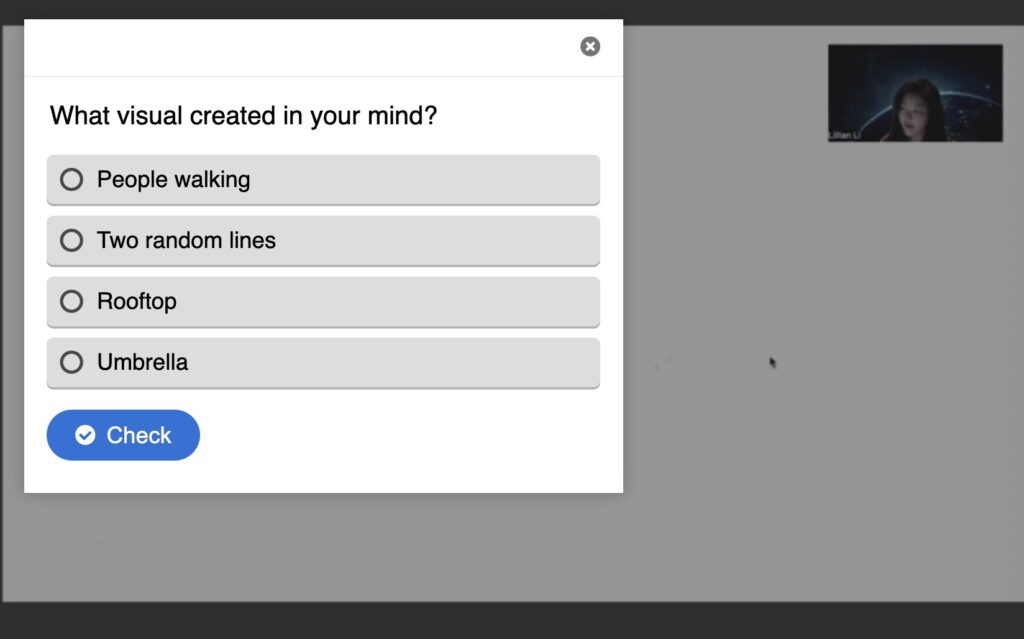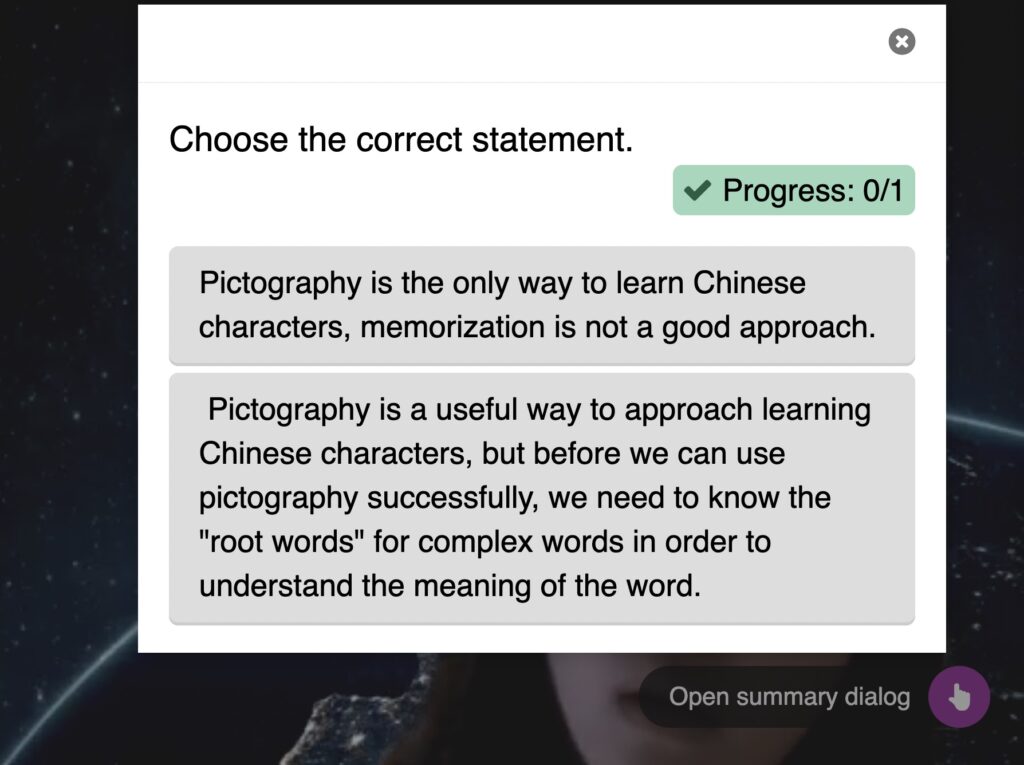What authentic problem would you use to design a lesson using Merrill’s principles? What media or multimedia (interactive or not) would you create to support it?
I think an authentic problem would be the teacher’s knowledge with technology. Personally, I really agree with Merrill’s principles. Speaking from a student’s perspective, I would want lessons that connect to real world, and have multimedia experiences in the lessons as I am able to engage more if I were presented multimedia. However, put myself in teachers’ shoes, I think it requires additional effort to learn how to incorporate interactive multimedia learning object in my lesson. I believe it is necessary for the school to provide training and technological support for teachers, otherwise, it is putting more stress on teachers.
Moreover, before we can reap the benefits of multimedia, I think it is necessary to think what kinds of media/multimedia students enjoy the most, and have easy access. We should not assume all students as digital native, it is important to be inclusive when we want to incorporate multimedia in our lessons. Thus, technological support should not only provided to teachers, students need support as well.
The media or multimedia I would create to support Merrill’s principles are perhaps animations and simulations. These are my personal preferences of what kinds of multimedia that I enjoy, and I can picture myself benefiting from them. Therefore, this relate to the authentic problem that I discussed earlier which is that teacher’s may have subjective bias on what multimedia to use, and that is not always what the students would enjoy the most.
What was your experience of trying out H5P? Which of the activities do you think you would make most use of in your teaching context and what would you use them to do? Which ones do you think require the most resources to create?
H5P Experience
Below are two of my attempts with H5P. Initially, I had problems with some “missing files” with my blog’s setting which prevented me to do a powerpoint project that I aimed to do. Thus, I created a multiple choice first, based on my screencast video. It was very easy to make, and I thought to challenge myself to modify my screencast video into an interactive one. One tiny confusion is that the short text of both H5P is the same, so when I copy and paste them, they all appear to be the multiple choice I made in the beginning. Thus, I embedded my modified screencast video in below, I am not sure if they could be opened successfully on other viewer’s end. However, I am able to see them if I just click on the link (Please let me know if you experience any trouble in viewing the video! I included a screenshot to show my work).
https://lillianedci339.opened.ca/wp-admin/admin-ajax.php?action=h5p_embed&id=1
Some screenshots:


My experience with H5P is really positive. I am amazed by how program developers are able to produce software like this that supports teacher’s teaching. Especially with online courses or Open Education, we need more interactive element in the teaching/learning process so that we don’t feel like we are just learning from the computer. That is why I also appreciate Mattermost and teachers’ timely response because it makes me feel that I am not all by myself in this journey. Thus, I have the best of both worlds of benefiting from the flexibleness of online learning, as well as interpersonal interactions which typically happens offline.
H5P helps to stimulate that interpersonal learning environment. In my future teaching, I would use the H5P video the most because I think the interactive element helps students to pause and think. A long lesson could be boring if only teachers are talking and students just sit there. Thus, if I can incorporate assessment in the video, students would be more focused, and check their understanding of the lecture.
Backward Design And Constructive Alignment Lesson Plan
Below is my lesson plan made for my screencast video. I think the magic of backward design is that I am less lost in terms of what is the major takeaway I hope my students to gain at the end of the course. I created by screencast video without a specific goal in mind, I thought “Oh, I think this is an interesting topic, maybe create a lesson on that…”
Reflecting back, I think I was not being a very responsible teacher because I am not thinking about my students at that moment. Thus, creating this lesson plan using backward design and constructive alignment makes me to put myself in learner’s shoes.
| Big Idea What is the big idea that the learner will walk away with at the end of the lesson that is critical for learners at this stage of their learning path? | Learning Outcome(s)What specific things will the learner know or be able to do by the end of the lesson? | Evidence of LearningWhat does learning look like for this objective? (e.g., accurate performance of a task, correct use of terminology) | AssessmentsWhat will learners do to provide evidence of their learning? (e.g., a presentation, a test, a project) | Learning ActivitiesWhat learning activities will allow learners to acquire and practice the skills necessary to demonstrate their learning and complete the assessment successfully? |
| The learner will understand that Mandarine can be learned using pictography. | By the end of the lesson, learner will be able to use pictography to recognize unfamilar words. | An accurate identification of Mandarine characters based on pictography. | Complete a quiz for basic Mandarine characters. | Watch video lessons on how to use pictography in leaning Mandarine characters and practice sheets. |
2 Responses to “Module 3: Principles of Learning Design and Active Learning”
I appreciated reading your blog post! Your lesson plan tied in well with your interactive piece. I thought your reflection on Merrill’s principles was thoughtful and I enjoyed reading about your own experience with these principles. My one piece of feedback would be to branch out in your reflection and include a little bit more about your actual piece! Overall great post and I enjoyed reading it 🙂
Hi Lillian, i really like your blog, i think it’s insightful. I agree with you on training and support for both teachers and students when integrating multimedia. Highlighting student preferences is crucial. i love your points about interactive videos helping students pause, think, and engage more actively with content, and how it aligns with Merrill’s principles of engagement and application. Gathering student feedback on multimedia choices can definitly help with teaching and learning. Great work!